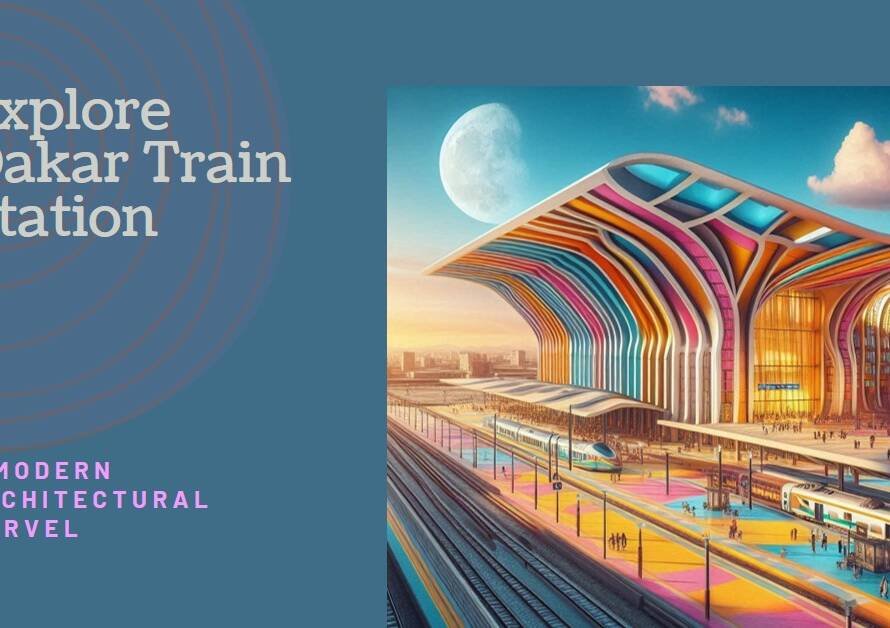
Table of Contents
1. Introduction: Navigating Two Decades of Architectural Evolution
Over the past two decades, the field of architecture has undergone remarkable transformations, driven by advancements in technology, shifting societal values, and evolving design philosophies. In this blog post, we’ll take a retrospective journey through the architectural landscape of the past twenty years, exploring the key trends, innovations, and influences that have shaped the built environment.
2. Digital Design Revolution: The Rise of Parametricism
One of the most significant developments in architecture over the past two decades has been the proliferation of digital design tools and techniques. The advent of parametric design software, such as Grasshopper and Rhino, has empowered architects to explore complex geometries and generate innovative forms that were previously unimaginable. Parametricism, characterized by intricate computational designs and fluid, organic shapes, has emerged as a dominant architectural style, challenging traditional notions of form and space.
3. Sustainable Design Imperative: A Shift Towards Green Architecture
In response to growing environmental concerns, sustainability has become a central focus of architectural practice in recent years. Architects are increasingly incorporating green design principles, such as passive solar design, energy-efficient building systems, and renewable materials, into their projects to minimize environmental impact and enhance occupant comfort. The past two decades have witnessed a surge in the adoption of sustainable building practices, reflecting a broader shift towards environmentally conscious design solutions.
4. Adaptive Reuse and Urban Regeneration: Preserving Heritage in a Changing World
As cities grapple with rapid urbanization and population growth, the adaptive reuse of existing buildings has emerged as a sustainable and cost-effective solution to urban development challenges. Architects are repurposing old industrial structures, historic warehouses, and disused infrastructure to create vibrant mixed-use developments and cultural hubs. This trend towards adaptive reuse not only preserves architectural heritage but also fosters community engagement and revitalizes urban neighborhoods.
5. Embrace of Digital Fabrication: From Prototyping to Mass Customization
The widespread adoption of digital fabrication technologies, such as 3D printing and robotic manufacturing, has revolutionized the way architects design and construct buildings. Architects are harnessing the power of digital fabrication to create intricate prototypes, custom components, and prefabricated modules with unprecedented precision and efficiency. From bespoke furniture pieces to entire building facades, digital fabrication enables architects to realize their design visions with greater accuracy and customization than ever before.
6. Responsive Architecture: Designing for Changing Needs and Conditions
In an era of rapid technological advancement and socio-economic change, architects are embracing the concept of responsive architecture to create spaces that adapt to evolving user needs and environmental conditions. From dynamic facades that adjust to daylight levels to flexible interior layouts that accommodate diverse programming requirements, responsive architecture prioritizes flexibility, adaptability, and user-centric design principles.
7. Resilient Design Strategies: Building for an Uncertain Future
In the face of increasing climate risks and natural disasters, architects are incorporating resilient design strategies into their projects to enhance the durability and survivability of buildings and infrastructure. Resilient design principles, such as passive survivability, disaster-resistant construction, and resilient infrastructure systems, aim to mitigate the impact of extreme weather events and ensure the long-term viability of the built environment in an uncertain future.
8. Collaborative Design Processes: Breaking Down Silos and Fostering Innovation
Collaboration has become a cornerstone of contemporary architectural practice, with architects, engineers, contractors, and other stakeholders working together in integrated design teams to deliver more holistic and innovative solutions. Collaborative design processes, facilitated by digital communication tools and collaborative platforms, promote cross-disciplinary exchange, foster creativity, and streamline decision-making, leading to better outcomes for clients and communities.
9. Cultural Shifts and Societal Values: Architecture as a Reflection of Society
Architecture does not exist in a vacuum but is deeply intertwined with broader cultural shifts, societal values, and geopolitical dynamics. Over the past two decades, architects have responded to changing social norms, demographic trends, and global events by reimagining the role of architecture in shaping the built environment. From designing inclusive and accessible spaces to addressing social inequalities and advocating for sustainable development, architecture has become a powerful tool for social change and cultural expression.
10. Conclusion: Looking Ahead to the Future of Architecture


As we reflect on the past two decades of architectural evolution, it is clear that the profession has undergone profound transformations, driven by technological innovation, environmental imperatives, and shifting societal values. Looking ahead, architects must continue to adapt to emerging challenges and opportunities, embracing new technologies, fostering collaboration, and advocating for design solutions that promote sustainability, resilience, and social equity. By embracing innovation and staying true to the fundamental principles of design excellence, architects can shape a built environment that reflects our aspirations, values, and aspirations for generations to come.


